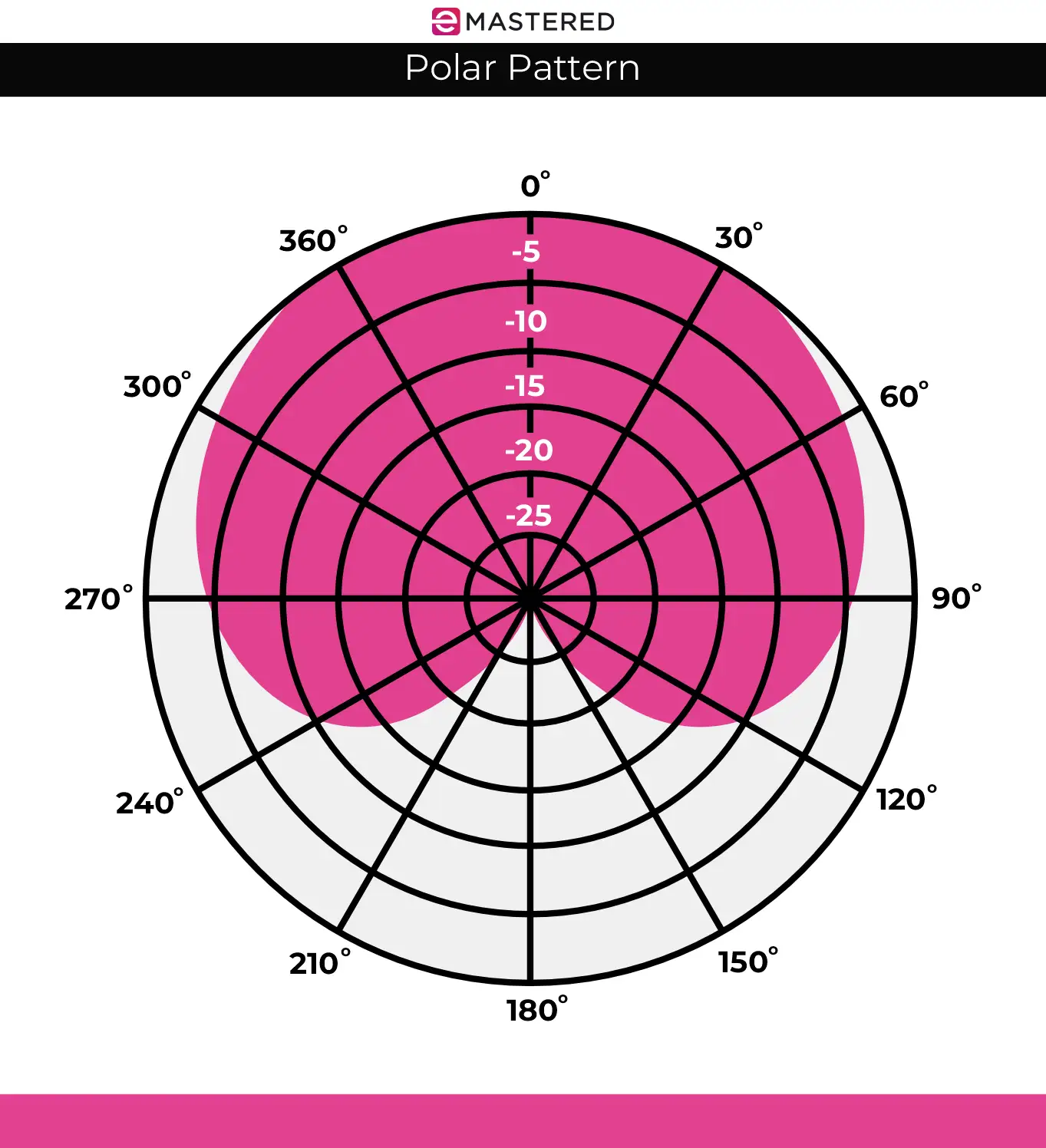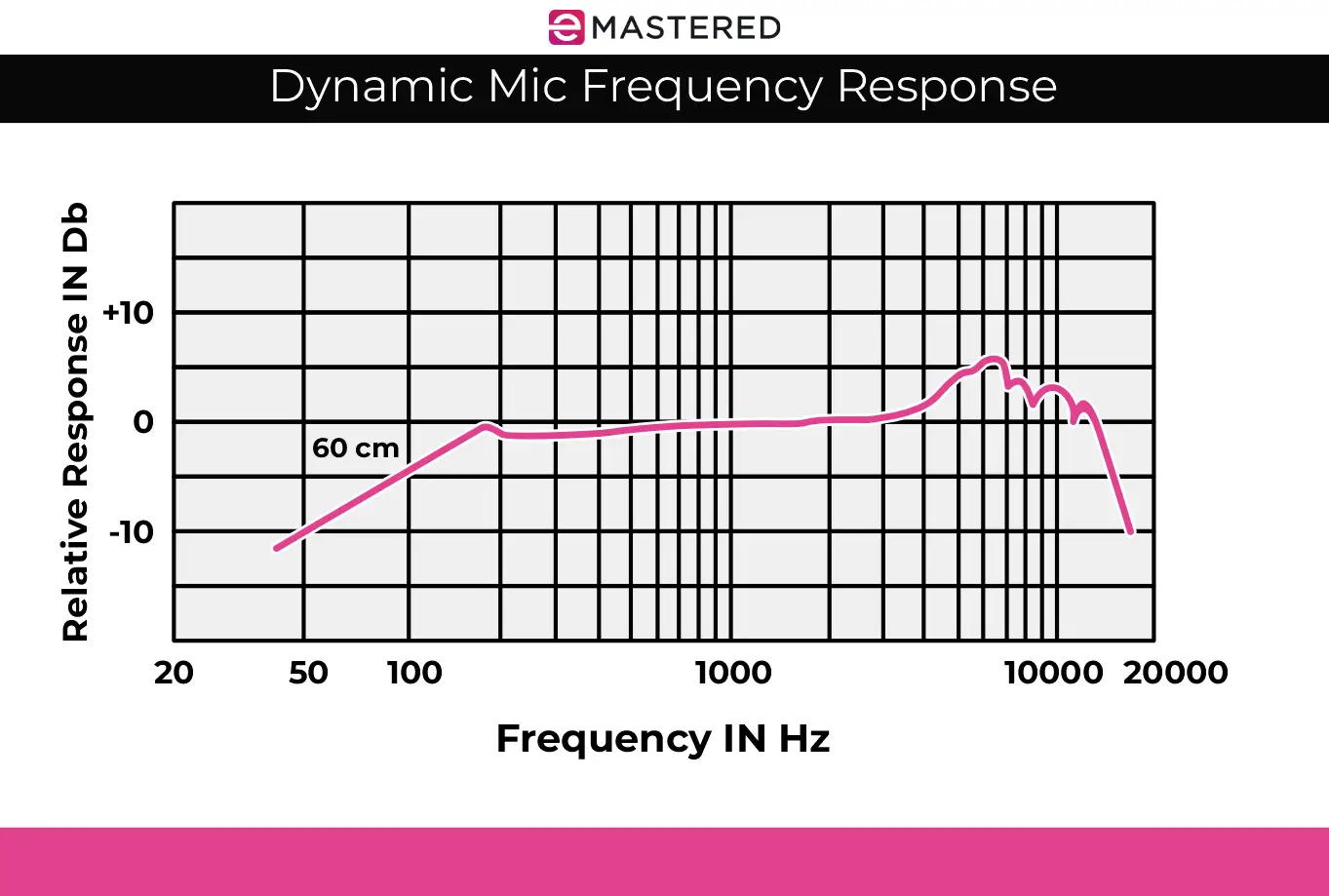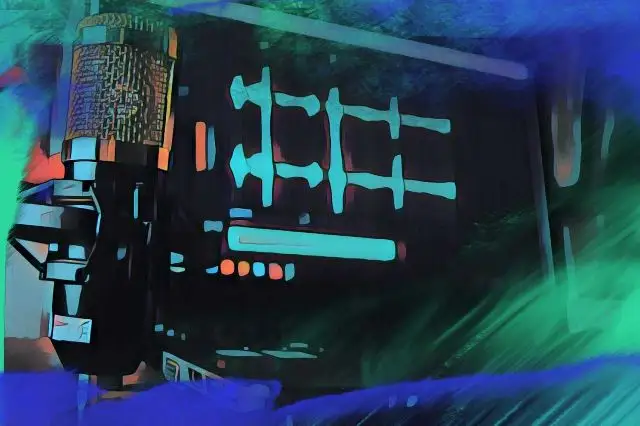There are plenty of different types of microphones . Two of the most popular choices consist of condenser and dynamic mics, which are both commonly used for recording vocals, instruments, podcasts, and more in live environments. While both microphones can be suitable for these use cases, they do have several key differences that are important to factor into your decision-making.
For your convenience, we have put together a complete guide explaining the similarities and differences between condenser vs. dynamic microphones. Below, we'll compare the benefits and drawbacks of each microphone type and answer some commonly asked gear questions to help you find the right microphone type for your needs.
Why Does Microphone Choice Matter?
Each microphone is made with its own set of parts and design that determines how a microphone captures sound. Even within the same category of microphone, there can be vast differences. For instance, small diaphragm condenser mics are used for entirely different use cases than large diaphragm condenser mics.
Ribbon microphones, dynamic microphones, condenser microphones, shotgun microphones, and more all come with their own set of characteristics that should be evaluated before making a recording. Microphones also have a variety of polar patterns, which determine the direction from which a microphone captures an electrical signal whenever a sound wave hits.
A polar pattern is also known as a pickup pattern, and typically falls into the general categories of omnidirectional, bidirectional, or unidirectional patterns. Most condenser mics have a cardioid pickup pattern, which is a subset of unidirectional pattern that tends to pick up the sound directly in front of the microphone.

The cardioid pattern is named after the heart shaped appearance the polar pattern displays, as shown above. Like condenser mics, most dynamic microphones also have cardioid frequency response. However, it's always worth double checking before committing to a new piece of gear.
What Is a Dynamic Microphone?
A dynamic microphone is one of the oldest types of microphones that records audio using electromagnetic induction in contrast to condenser microphone's method of capacitance. These microphones are known for their rugged durability, and are often the choice for on-stage microphones since they can handle loud sounds, wavering dynamics, and changes in moisture while still capturing sound effectively.
What Is a Condenser Microphone?
A condenser microphone is a sensitive piece of gear that uses a thin, conductive diaphragm to capture sound. It's the most popular choice for studio vocal recordings, known for its crisp, clear sound. Condenser microphones require external power called phantom power to operate. This is often built into your audio interface, but it's another consideration you'll have to keep in mind when recording sound. These microphones are known for their superior sound quality and clarity.
How Do Dynamic and Condenser Mics Work?
Dynamic microphones are super durable and perform well even at high sound pressure levels. When sound waves hit dynamic microphones, the diaphragm moves a coil of wire through a magnetic field, creating an electrical signal.
In the case of condenser mics, sound waves hit the diaphragm, charging the distance between itself and a charged plate. The distance between these two creates an electrical signal in a process called capacitance. These microphones tend to be more sensitive to pressure, level, and moisture-related changes.
Dynamic and Condenser Microphones Compared
Choosing between a dynamic or condenser mic comes with several considerations. Let's compare two microphones from the same brand (the Shure SM57 and SM27) to help us understand the nuances between condenser vs dynamic mics.
Dynamic Microphone Frequency Response
This graphic charts the frequency response of one of Shure's dynamic mics, an SM57. Dynamic mics usually pick up frequencies between 50 to 15,000 Hz, which is largely reflected through this Shure mic's performance:

Dynamic Microphone Pros
- Durability: Dynamic microphones are the more durable gear choice by far, making them great for outdoor environments and travel.
- Forgiving With Background Noise: Since dynamic microphones are less sensitive than condenser mics, they tend to pick up less unwanted noise, especially in environments where there isn't as much sound treatment available.
- No Phantom Power Needed: Unlike condenser mics, dynamic microphones do not require phantom power in order to operate.
- Affordable: Dynamic microphones tend to be much cheaper than condenser mics.
Dynamic Microphones Cons
- Less High Frequency Information: Dynamic microphones are not nearly as accurate when it comes to capturing high frequency sound waves.
- Not As Accurate: With less sound sensitivity, dynamic microphone recordings might be a bit less clear than a condenser recording.
Condenser Microphone Frequency Response
This graphic charts the frequency response of Shure's SM27 condenser mic. Condenser mics tend to pick up sound waves from 20 to 20,000 Hz.

Condenser Microphone Pros
- Accurate Sound Reproduction: Condenser mics are known for their sensitivity and accurate reproduction of sound, making them one of the more realistic recording devices available.
- Bright, Studio-worthy Sound: Condenser microphones are extremely popular for recording vocals due to their naturally crisp, lively sound.
- Well-Suited For a Variety of Instruments: With a wide-ranging frequency response, condenser mics are well poised to capture just about anything.
Condenser Microphones Cons
- Delicate Construction: With such delicate construction, these microphones are not the best choice for a variety of recording conditions.
- Requires Phantom Power: Condenser mics require phantom power in order to operate.
- Sensitive Pickup Pattern: Having a sensitive pickup pattern can make recording clean sounds difficult if you're outside of a studio recording environment.
Should I Use Condenser Mics Or Dynamic Mics?
There isn't one right answer to this question. Deciding between dynamic vs condenser mics should always be based on the conditions of your sound situation. Since condenser mics tend to pick up a wider frequency range, they may be the obvious choice if you're looking for the most accurate sound reproduction possible.
However, heightened sensitivity can also lead you to pick up unwanted background noise in your recordings, especially if you're not in a studio recording environment. Dynamic microphones are much more sturdy for traveling or recording on the go, and can also be more forgiving in terms of audio quality when recording in a busy environment.
In any case, you'll have to be the judge of the situation and use your knowledge of both condenser and dynamic mics to lock down the right gear for the job. If you have the luxury, it never hurts to record with more than one microphone to have contingency in case one audio signal ends up coming in less than ideal.
Dynamic Versus Condenser Microphones FAQ
Knowing the differences between dynamic and condenser mics is essential to finding the ideal fit for your recording environment. Here are some commonly asked questions and answers to help you land on the right choice for your needs.
What is the difference between dynamic and condenser frequency response?
Dynamic microphones tend to have a more narrow frequency response, resting generally between 50 to 15,000 Hertz. Condenser microphones have a wider frequency response, picking up high frequencies more easily between 20 to 20,000 Hertz. Condenser microphones tend to be more sensitive than dynamic microphones.
Which is better condenser mic or dynamic mic?
A condenser mic is considered more sensitive than a dynamic mic with a wider frequency response, but that doesn't necessarily mean it's better. For instance, you might prefer a dynamic mic in a non-sound-treated environment depending on your situation. The best microphone for your needs depends on a variety of factors.
What are the disadvantages of a condenser microphone?
Condenser mics are fairly sensitive in terms of construction, so you have to be much more cautious with them than you would with a dynamic microphone. They can also pick up a fairly wide range of frequencies, which can be challenging if you are stuck recording in an environment that's not ideal.
What are the disadvantages of a dynamic microphone?
Dynamic microphones are less sensitive than condenser mics, so they might not pick up as much range or detail. In particular, dynamic mics tend to struggle with capturing high frequency sounds.
Why should I use a condenser microphone?
You might want to use condenser mics whenever you're hoping to get as much clarity as possible from your recordings. These mics are choice picks when it comes to recording vocals, acoustic instruments, and any other recording where you're attempting to get the most accurate capture possible.
Is a dynamic or condenser better for an untreated room?
Dynamic mics are a better pick for an untreated room, since they are less prone to picking up sound waves that are far from the microphone source as the generally less sensitive microphone choice. However, you may miss out on some frequencies in the upper range as the condenser cardioid frequency response tends to capture more of the higher frequency data.
Choosing the right microphone for the job is one of the most important decisions when it comes to tracking vocals, instruments, or speech. Hopefully, this guide made it easier for you to unpack the key differences between dynamic microphones and condenser microphones so that you can find the right tool for the job.
Interested in learning about all of the different types of mics beyond condenser and dynamic microphones? Check out our full guide here .





